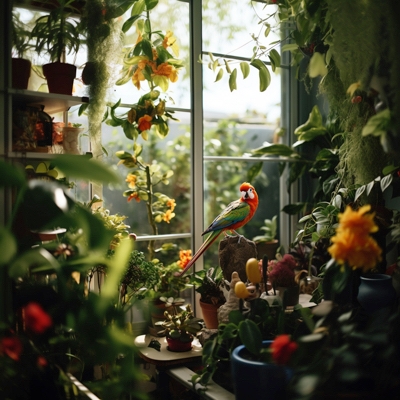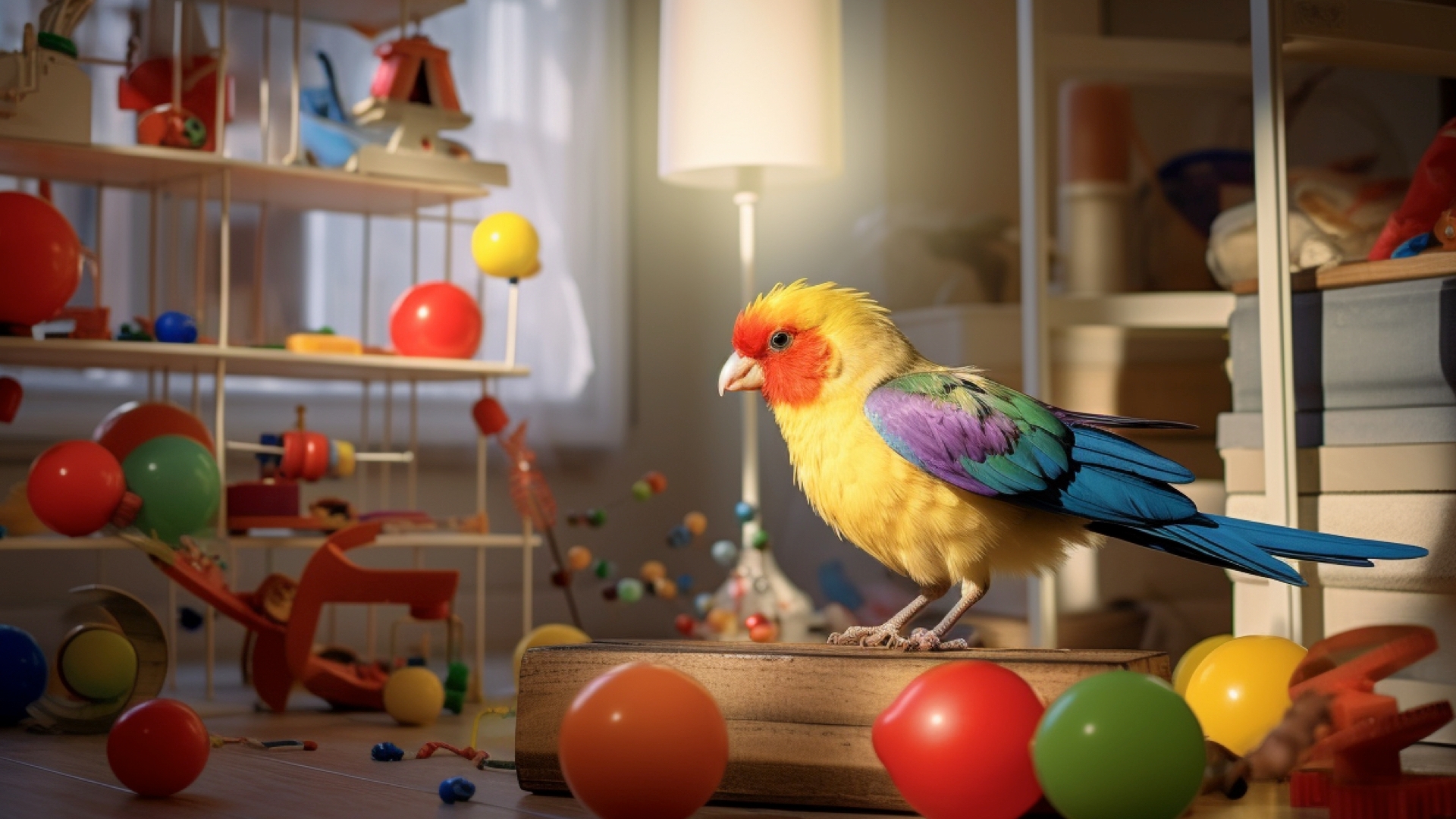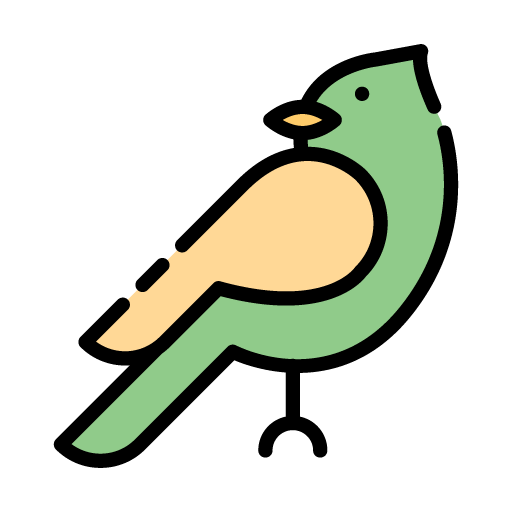Creating Bird-Safe Spaces in Your Portland Home:
Summary:
Creating a bird-safe space in your Portland home is essential for the well-being of your feathered companion. From understanding common household dangers to choosing non-toxic plants and ensuring kitchen safety, every detail matters. With the right precautions and a keen awareness of potential hazards, you can create a nurturing environment where your bird can thrive, play, and sing to its heart's content.


- Understanding Common Household Dangers for Birds
- Plants and Birds: Choosing Non-Toxic Flora
- Windows and Mirrors: Preventing Bird Collisions
- Kitchen Safety: Foods and Fumes to Avoid
- Toys and Entertainment: Safe Play for Feathered Friends
- Creating a Safe Flight Zone in Your Home
- Emergency Preparedness: First Aid for Birds
Portland, with its lush greenery and vibrant urban life, is home to many bird enthusiasts. Whether you're a seasoned avian aficionado or a new bird parent, creating a safe space for your feathered friend is paramount. Birds, with their curious nature and delicate constitution, require a home environment that's both stimulating and safe. This guide will help you navigate the dos and don'ts of bird-proofing your Portland home.
Understanding Common Household Dangers for Birds
Birds are naturally curious creatures, and while exploration is suitable for their mental stimulation, it can also lead them to household dangers. Electrical cords, ceiling fans, and open water sources can pose risks. Regularly inspecting your home and bird-proofing potential hazards is the first step to ensuring their safety.
Plants and Birds: Choosing Non-Toxic Flora
Portland's love for greenery often extends indoors with houseplants. However, not all plants are bird-safe. Plants like philodendron, poinsettia, and oleander can be toxic to birds. Ensure you choose non-toxic plants and keep potentially harmful ones out of reach.
Windows and Mirrors: Preventing Bird Collisions
Birds often don't perceive glass as a barrier, leading to potential collisions. Using bird-safe window decals or sheer curtains can help prevent these accidents. Mirrors, too, can be confusing for birds, so ensure they're placed in areas where your bird doesn't usually fly.
Kitchen Safety: Foods and Fumes to Avoid
The kitchen can be a danger zone for birds. Avocado, chocolate, and caffeine are toxic to them. Additionally, non-stick cookware can release fumes harmful to birds. Ensure your bird is safely away from the kitchen when cooking, and be mindful of the foods they have access to.
Toys and Entertainment: Safe Play for Feathered Friends
Toys are essential for a bird's mental and physical stimulation. However, ensure they're made of bird-safe materials. Avoid toys with small, ingestible parts or those made with toxic dyes. Regularly inspect toys for wear and tear, replacing them when necessary.
Creating a Safe Flight Zone in Your Home
If you allow your bird to fly freely in your home, ensure a safe space. Remove fragile items, ensure windows and doors are closed, and turn off ceiling fans. Creating a designated flight zone can help your bird exercise without the risk of accidents.
Emergency Preparedness: First Aid for Birds
Despite all precautions, accidents can happen. Having a bird-specific first aid kit and knowing basic first aid can be lifesaving. Familiarize yourself with common bird injuries and have the contact of an avian veterinarian handy.
Birds bring a unique blend of joy, color, and song to our lives. In return, it's our responsibility to provide them with a safe and nurturing environment. By being aware of potential hazards and making small adjustments to your home, you can ensure that your avian companion thrives. After all, a happy bird is a singing bird, and what better soundtrack for your Portland home than the cheerful chirps of a contented feathered friend?


